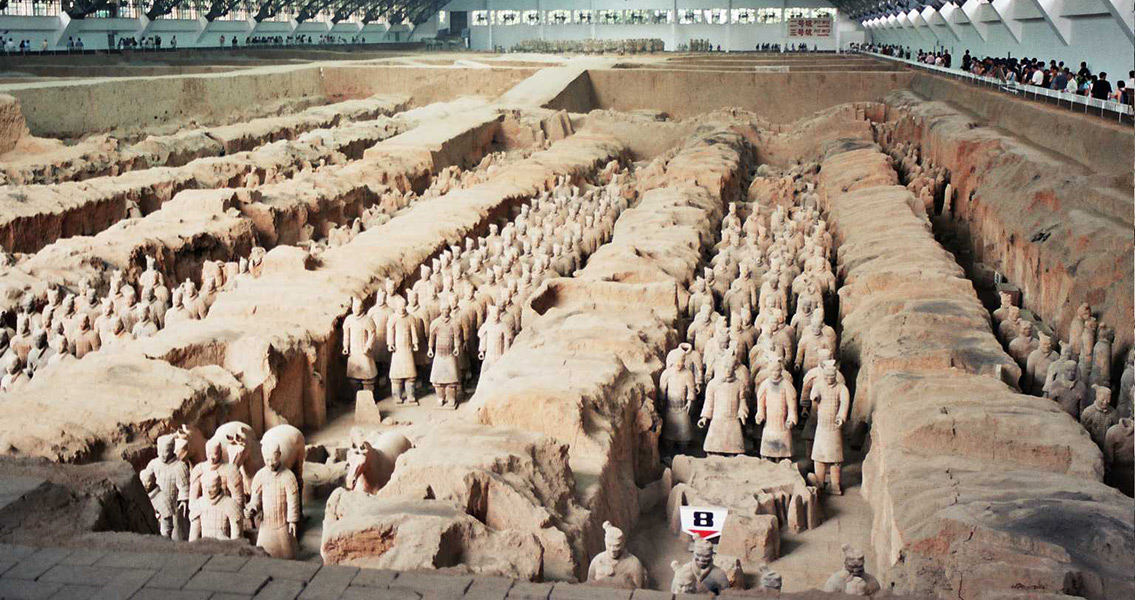<![CDATA[The inspiration for the 8,000 warriors which make up the Terracotta Army that has watched over the tomb of China’s first emperor for over 2,000 years, may have come from Greek craft workers who traveled to China long before the establishment of the Silk Road. Part of an extravagant mausoleum that was created to escort the emperor into the afterlife, the terracotta warriors may owe their amazing lifelike appearance to ancient Greek sculptors who made their way to China to instruct Chinese artists. If true, the date of first interaction between China and Europe will be pushed back to around 1,500 years before Marco Polo's famous trip. The site’s senior archeologist, Li Xiuzhen, told the Guardian that recent discoveries, including ancient European DNA that was recovered from archeological sites in Xinjiang province, were redefining the traditional beliefs regarding the amount of contact between Europe and Asia. Alexander the Great’s 326 BCE campaign to India left behind the cultural tradition of Greco-Buddhist art. It’s been widely held that this campaign was the first point of contact between the East and West. The new research theorizes that Greek statues could have made their way to China in the century following Alexander's campaign, going onto influence the design of the Terrracotta army. What's more, the authors even go as far as to suggest Greek artists could have been present when the Terracotta Army was made. “We now have evidence that close contact existed between the first emperor’s China and the West before the formal opening of the Silk Road. This is far earlier than we formerly thought,” Li Xiuzhen told the Guardian. “We now think the Terracotta Army, the acrobats and the bronze sculptures found on site, have been inspired by ancient Greek sculptures and art.” Lukas Nickel, from Vienna University, told the Guardian: “I imagine that a Greek sculptor may have been at the site to train the locals.” Ying Zheng, who took the name of Qin Shi Huang Di—the First Emperor of Qinook, ascended to the throne in 246 BCE when he was only 13-years-old. By 221 BCE, he had successfully unified a number of warring kingdoms. During his reign, Qin standardized coins, measures and weights; interlinked the kingdom’s states with roads and canals; and built the first Great Wall. According to the writings of the court’s historian Siam Qian, Qin ordered the construction of the mausoleum soon after becoming emperor. Over 700,000 laborers labored on the project, which was completed in 209 BCE, a year after Qin’s death. Archaeological finds from the site have already revealed the extent of early trade. The Silk Road, with numerous caravan stops and trading posts, was established in the third century during the Han dynasty. However, a number of the trade routes had already been in existence for years. Chinese historians documented the arrival of Roman traders when Augustus was emperor of Rome (27 BCE to 14 CE), during which time Chinese silk was flooding into Rome. Writers like Seneca even denounced those who wore it as immoral and effete. The research is discussed in the documentary, The Greatest Tomb on Earth, sponsored jointly by the BBC and National Geographic. ]]>
Was the Terracotta Army the Result of Greek Influence?
